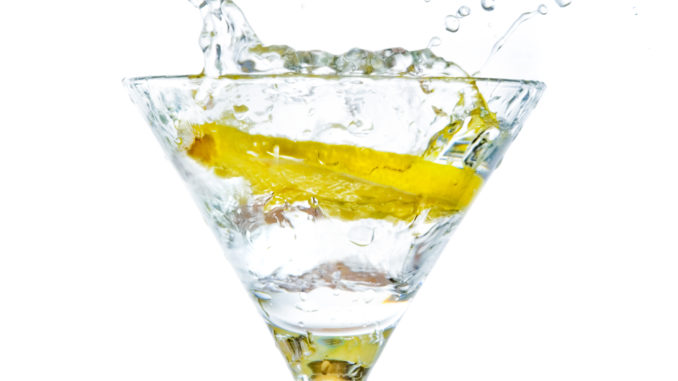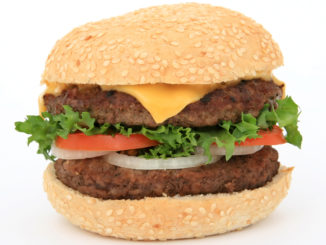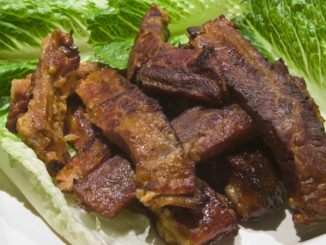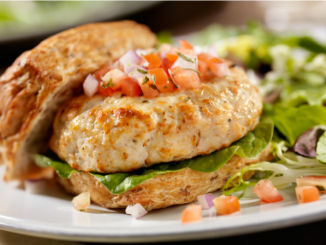
Tips for avoiding a reduction in bone density
The health of our bones highly depends on the food we eat every day; calcium and vitamin D are known to build and strengthen strong bones, but there are some components usually found in your daily diet, which can increase the risk of osteoporosis, reducing bone density.
Your body produces chemicals known as sulfates when you take in too much protein, which can cause calcium to vanish from the bones.
Although you need protein to have strong bones, there is a limit of how much protein you should consume.
It is advisory to consume more vegetable protein than animal protein, because protein overdose from animals are more likely to have the upper mentioned effect on your bones.
A recent study by the Swedish Department of Toxicology’s National Food Administration has proven that those women who were having lower intake of calcium supply and drank about 4 cups of coffee per day had high risks of bone fracture, higher than at those women who had normal calcium and caffeine consumption.
Another research, the Framingham Osteoporosis Study shown that, in the case of those people who frequently consume cola and diet cola the risk of the bone mineral density and bone loss is increased.
Unhealthy Sodas Minimize Calcium Intake
The connection between bone loss and cola is due to the substitution of unhealthy juices and sodas for milk, which highly minimizes the proper calcium intake.
Vitamin A is necessary for the strength of bones, but overdose of vitamin A can increase the risk of bone density reduction.
Too much retinol found in Vitamin A banns vitamin D absorption, causing bone loss. Vegetable sources of vitamin A do not have a negative impact on bone density, but dairy products, egg yolks and liver, found in animal sources of vitamin A have high, negative impact.
Near these food types there are others that have negative impact on bone density, such as sodium, found in table salt and processed food, oxalates found in sweet potatoes, spinach or rhubarb.
100% wheat bran is the only food, which reduces calcium absorption when eaten the same time as calcium.
Avoid Excessive Alcohol Consumption
Alcohol, excessive consumption of alcohol is proven to reduce bone density by interfering with vitamin D and calcium absorption.
Fortunately you can eliminate the high risks of osteoporosis by balancing your diet, including fruits and vegetables into your daily meal.
Instead of following a diet high in carbohydrates, animal protein and low in fruits and vegetables, following a well-balanced diet with high amounts of fruits and vegetables can not only help you avoid significant bone loss, but can also help you in a healthy weight loss.




Women over 40 should really heed this information. Once a woman gets past 40, bone density can be severely impacted. When this is combined with a diet that causes bone loss, the results can be very significant. For women over 40 in particular, it’s important to reduce sodas and coffee in favor of drinking low fat milk, and ensuring that your intake of other important vitamins and minerals is sufficient, too.
Taking a calcium supplement along with a regular multi vitamin is often a good idea. If osteoporosis has already set in, visit your doctor for treatment. These days there are many simple treatments for osteoporosis, so there’s no reason to wait until you have a bone fracture to take action against insufficient calcium. Eating a balanced diet is definitely part of the battle, but for some people, a little extra help may be required to get your calcium intake where it needs to be.